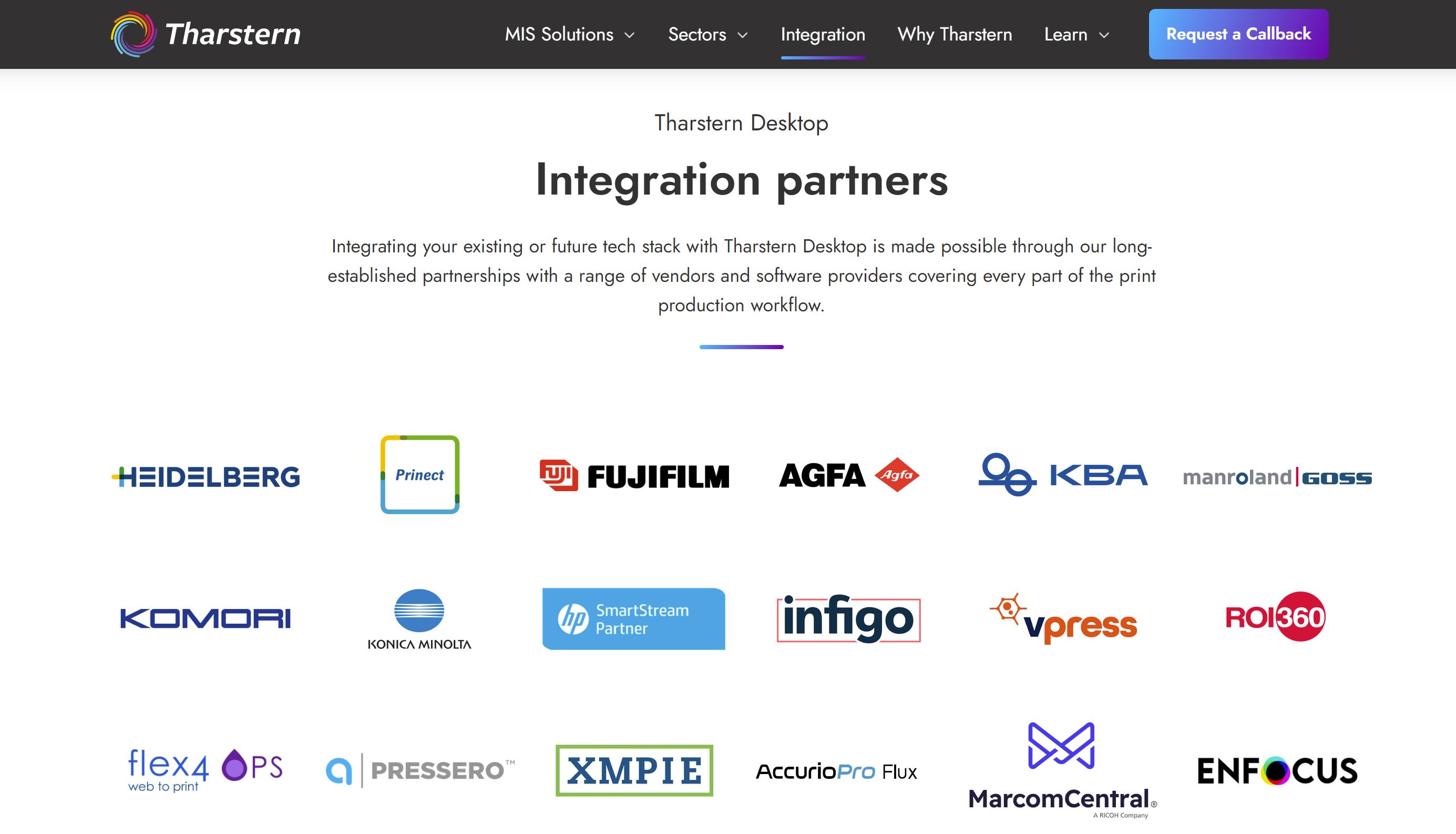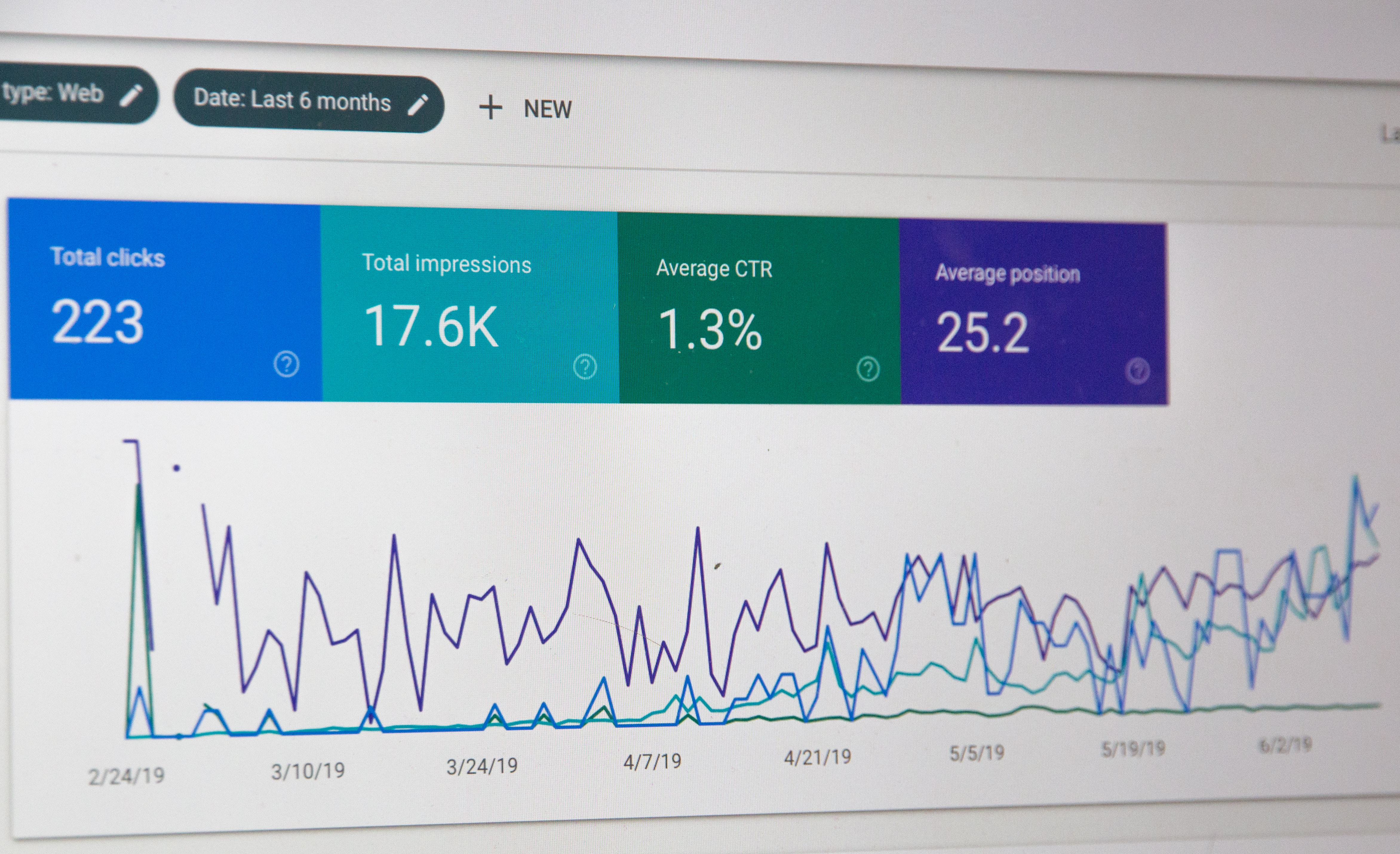How to Drive Customers to your Web-to-Print Website: Part 2
I hope you all enjoyed reading part 1 of this post. If you haven’t already, you can read part 1 here. If you did then as promised, here is part 2.
The plan for this part of the post is to go into a bit more detail about some more technical aspects of how to drive traffic to your web-to-print site. There might be a bit of crossover with the first part however we will be looking at how you can help your site to perform better online.
Long Tail Keywords
Long-tail keywords are unsurprisingly longer, more specific keyword phrases that a searcher is more likely to use when they’re closer to the point-of-purchase or when they’re using voice search.
Following on from what we covered in part 1, let’s say still that you want your site to rank for “business card printing”. When you get your website ranking for this or other similar, related keywords then you can realistically expect people to start finding your site for more complex, long-tail search terms.
It’s also worth knowing that the vast majority of Google searches are very specific and unpopular or, in other words, they’re long-tail keywords that are being searched.
The key to this though is that you have to update the content on your site and keep on top of it regularly. In this day and age with Google getting smarter and smarter when it comes to understanding search queries, the more natural, conversational content you regularly publish on your site, the more long-tail keywords people will start to find your site for.
As said in part 1 of the post, “business card printing” currently averages around 14,000 monthly searches in the US. There are some long-tail keywords that you could realistically expect your site to rank for if you’ve targeted the above keyword, such as:
- "business card printing near me" - 2.5k monthly searches
- "same day business card printing" - 800 monthly searches
- "online business card printing" - 300 monthly searches
- "best online business card printing" - 100 monthly searches
- "best online business card printing" - 10 monthly searches
- "online business card printing services" - 10 monthly searches
As you can see, the longer the keywords get, the less the monthly searches get. The one thing to note with this though is that you will in theory be bringing fewer people to your site, the people you do bring will have a higher search intent.
So, you may only see 5-10 people per keyword coming through to your site but you are more likely to see these people convert because the more specific, longer-tail keywords they're searching for means that they have a higher purchase intent.
Schema Mark-up
If you have no idea what schema mark-up is, it's a form of micro-data or structured data that is added to a web page to help search engines to better understand its content. It uses a set of standard data structures that help to categorize on-page content. For example, a line of code that will tell search engines that 'December 25th' is a date.
The other thing that using schema mark-up on a page can potentially result in is a higher click-through rate from users clicking on your result in the search engines. Essentially, this click to your website is the start of a business relationship but without standing out in the SERPs you're going to struggle for that click.
So... you're already ranking in the SERPs (Search Engine Results Pages) for your desired keyword(s) and you have correctly optimised your title tags and meta descriptions after what we covered in part 1. But, standing out from the crowd so to speak, is the tricky part.
Using schema mark-up or structured data on your site will result in rich snippets appearing in the SERPs for your website depending on the type of micro-data that you implement on your site.
You could add schema mark-up to show customer ratings of your website or products or even product prices and this will, without a doubt, help you to stand out from the crowd. See the example below.

Internal Linking Structure
Internal links are, in layman's terms, links that point to other pages on the same website. So, if you're writing content on your website, an internal link would be you linking through to another page or piece of content on the same website.
See the example from our integrations page below.

They may not seem important to people who don't understand SEO, but internal links can actually have a significant impact on your site's performance in the search engine. Internal links add to your link profile and can enhance it. A link profile is the make-up of links directing to your site from both internal and external sources.
The other benefit of internal linking is that it provides a sound user experience and makes it easier for Google (or other search engines) to navigate your site and to discover new content. So, when you are writing new content for your website, take any opportunities that you can to link internally but also keep things highly relevant.
Link Building
This one is the big one, really. without links pointing to your website from other websites, yours will struggle to rank in the search engines.
In 2016, Google confirmed that links are one of the top 3 ranking signals that they look for when it comes to ranking your website in the search engines. The other two top ranking signals are content and Rank Brain. There is no particular order to the importance of these signals but all three are important.
There are two different types of links; follow links and no-follow links. The attribute you add to the HTML to make a link no-follow tells search engines not to pass 'link equity'. This essentially stops the link from having any sort of ranking value, essentially it stops it from being a vote.
That may have you thinking "Why? Surely if follow links pass all the link equity, then wouldn't you want only follow links?". The answer, in short, is no.
A website's natural backlink profile will always include a mixture of both follow and no-follow links. Having a natural looking backlink profile will also help to improve your brand trust in Google's eyes and as was mentioned, brand trust is a big ranking factor for Google.
So, while it may seem that no-follow links aren't worth building, if you look overall at the bigger picture of your site and your backlink profile, they are.
Fast and Responsive Site
As I spoke about in part 1 of our new podcast series of the same name as this blog post, according to statcounter.com internet usage on mobile and tablet devices overtook desktop in late 2016.
Source: StatCounter Global Stats - Platform Comparison Market Share
According to a post from Google in October 2016, 80% of people on average use a smart phone daily and 57% use more than one type of device daily. However, only 14% of people use a computer only, on a daily basis. To say that we have shifted to a mobile first society now would be an understatement of grandiose proportions.
As it's pretty clear that we are now all living in a mobile-first world, it's vital that you ensure your website is responsive. There are a few tools out there that you can use to make sure your site is mobile friendly and the best one is Google's Page Insights tool.
When you run your site through this tool you will be presented with a list of opportunities to improve your site's performance, things that can help your page load faster for users.
Go on Podcasts
On the face of it, this might seem like it's a bit pointless to you if you don't listen to podcasts or perhaps don't even know what a podcast is. But there is apparently over 700,000 active podcasts in the world with more than 29,000,000 podcast episodes out there for you to listen to. A massive potential market that you could exploit.
According to data from Ofcom in September 2019, around 7.1 million people in the UK now listen to podcasts, that's just over 10.5% of the population of the United Kingdom.
That's one in eight people and is an increase of 24% over the past year of people in the UK now listening to podcasts. If you think that sounds like a lot of people, the figures in the US are significantly higher.
According to data from Edison and Nielsen, 70% of the US population are familiar with the term 'podcasting' (approximately 229,000,000 people) and 51% of the US population (approximately 163,000,000 people) have listened to a podcast.
32% of the US population listen to a podcast at least every month and 22% of the US population listen to podcasts weekly. That's over 176 million people in the USA who listen to a podcast at least every month.
Obviously it costs money to start a podcast and that isn't what we are suggesting you do here either. In fact, the opposite. All of these podcasts will at points need to interview guests so if you can identify some podcasts that you would like to be a guest on, we suggest you pitch yourself to these pods as a potential guest.
Much like we have done here at Tharstern after the launch of our new podcast, the INKspire Podcast. We are also open to pitches from people who are interested in coming on our podcast.
The benefit of going on a podcast is that you get time to talk about your business, products and services to hundreds of potential customers. There are also different ways that you can track what business you gain from going on these podcasts.
If you have an offer that you promote on the podcast or podcasts that you go on you can make it exclusive to the audience of the podcast that you're talking on. Things like unique URLs for people to visit or unique discount codes that the listeners can use and thus, you can track the data.
Email Marketing
This is something that you shouldn't neglect. Yes, it's a more traditional marketing method but it's still an effective marketing method when executed correctly.
Some research done by Brian Dean at Backlinko found that 91% of consumers open their emails on a daily basis. Little things on your website like a pop-up that encourages your site visitors to subscribe to your newsletter could help you to grow your potential audience massively.
Once you have your subscriber list, you just send out your emails or newsletters and you will get traffic from that. Free? Yes. Hard work? Yes. But it could also prove to be quite profitable, too.
If you're emailing the latest offers on your site out to a list of a few hundred or a few thousand people who are genuinely interested in what you have to offer, then that 25% off business cards offer could prove to be quite lucrative.
Keeping Users on Your Site
As we have covered in part 1 and also in this post, there are plenty of different ways that you can go about driving traffic to your site but sometime, it’s just as tough to keep them on your site.
This is something that most people don’t even consider, they just think “If I can get the traffic to my site, it’s all sorted” but sadly, that’s not the case.
First of all, there are a few things that you need to be aware of when it comes to looking at the visitor data for your site. Bounce rate is a metric that you should keep an eye on as it is essentially a measure of visit quality. A high bounce rate generally indicates that a page isn’t relevant to your visitors. That is very top level though, there’s more to it than that which we’ll explore.
Don’t get hung up on achieving a specific number for your bounce rate as you’re looking more for a good range but these ranges differ between industries. Below are some examples:
- Retail sites – 25-45% bounce rate
- Simple landing page sites – 65-85% bounce rate
- Service sites – 20-50% bounce rate
- Content sites – 40-60% bounce rate
- Lead generation sites – 45-65% bounce rate
Share this
You May Also Like
These Related Stories

How to Drive Customers to your Web-to-Print Website: Part 1

The Most Important Marketing Technique that Printing Companies are Neglecting
